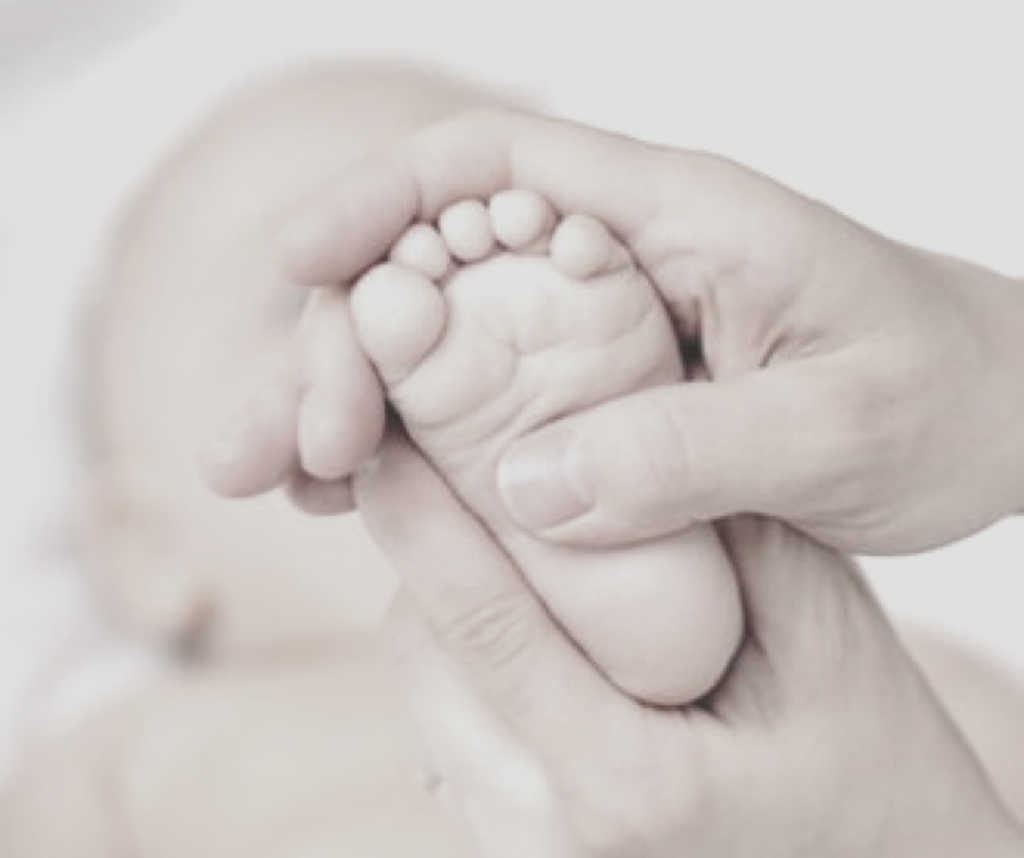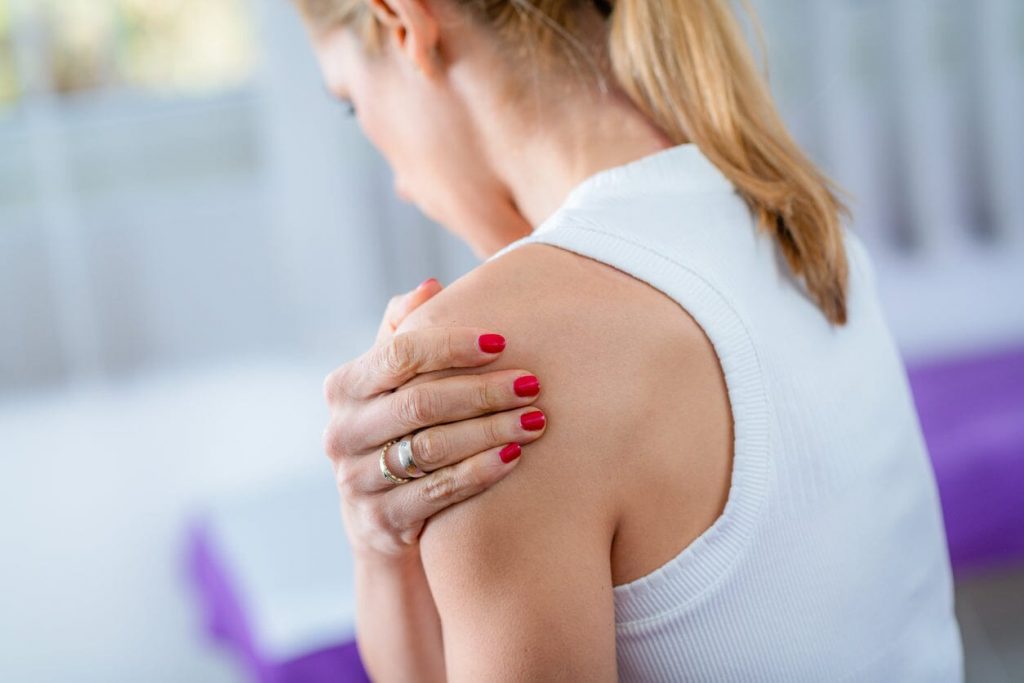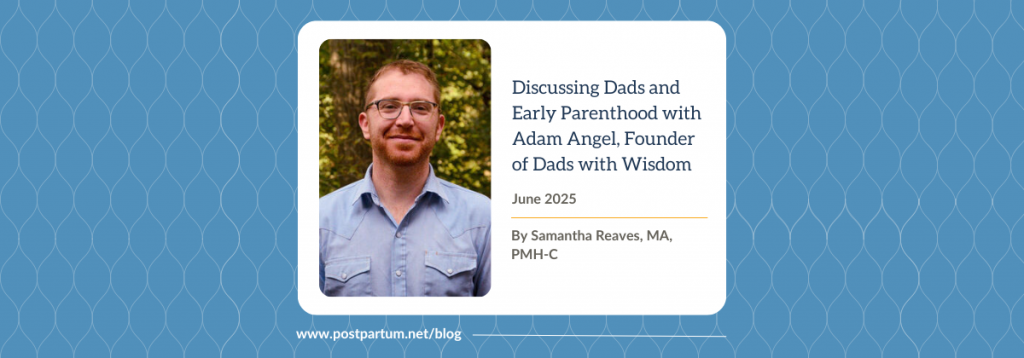Do you remember being a child and your parents never allowing you to handle sharp objects like knifes? They said you could cut yourself. Maybe in your mind you thought that you could handle the knife with no difficulty. Once you did, you probably cut your finger because, somehow, your little fingers didn’t actually move the way your brain wanted them to do.
Gross and fine motor skills take years to refine and to become integrated into what they will be once in adulthood. Moving your arm up is much easier than turning pages in a book without ripping or folding the corners. From the moment we are born our central nervous system is in a constant state of observation, trial and integration. This is why you will see babies learning new little movements almost every single day, whether it is to learn how to smile, to grab an object, to roll on their tummy, learning to sit and crawl and to finally stand up and walk.
What most of us don’t realize is that these milestones in neuromuscular integration can only start based on primary reflexes that are present when infants are born but develop in-utero (before birth).
About Primitive reflexes
Primitive reflexes are movements that are automatic in nature. They are directed by the brainstem and require no involvement or thoughts from the cortex, which is the part of the brain involved in voluntary movements and critical thinking. These movement are needed for the survival and development of any human. Arising very early in utero, they help develop the brain and lay down neural network between the different part of the brain. They will prove crucial later on for learning, moving, communication, behaviours and relationships and emotional well-being.
Babies are born with these primary reflexes. In typical development, these reflexes naturally inhibit in sequential order during the first year, and replacement reflexes, called postural reflexes, emerge. Postural reflexes are more mature patterns of response that control balance, coordination and sensory motor development.
Types of reflexes
Rooting reflex:
Feeding is the most basic skill we need to learn and is part of our survival instincts. The rooting reflex is in place to assist the act of breastfeeding. By stroking gently the babies cheek, the baby turns its head toward the finger, or source of food, and opens its mouth. It should be integrated around 4 months. Retention of the rooting reflex beyond four months may result in difficulty with solid foods, poor articulation and thumb sucking.
Moro Reflex (Startle reflex):
The Moro reflex acts as a baby’s primitive fight/flight reaction and is typically replaced by the adult startle reflex by four months old. If a child experiences a retained Moro reflex beyond 4 months, they may become over sensitive and over reactive to sensory stimulus resulting in poor impulse control, sensory overload, anxiety and emotional and social immaturity. Some additional signs of a retained moro reflex are motion sickness, poor balance, poor coordination, easily distracted, unable to adapt well to change and mood swings.
Palmar Reflex:
The palmar reflex is the automatic flexing of fingers to grab an object and should integrate by six months. If the palmer reflex is retained, a child may have difficulty with fine motor skills, stick out tongue while writing and exhibit messy handwriting.
Spinal Galant Reflex:
The spinal galant reflex happens when the skin along the side of an infant’s back is stroked, the infant will swing towards the side that was stroked. This reflex helps with the birthing process and should inhibit between three and nine months. If it persists, it may affect a child’s posture, coordination attention and ability to sit still. Retention of the spinal galant reflex is also associated with wetting the bed at night.
ATNR-STNR:
Asymmetrical tonic neck reflex (ATNR) is initiated when laying babies on their back and turning their head to one side. The arm and leg of the side they are looking should extend while the opposite side bends. This reflex serves as a precursor to hand-eye coordination and should stop by six months. By the time this reflex disappears, the Symmetric Tonic Neck Reflex (STNR) appears. With this reflex in place the baby learns to bend and straighten opposite hands and feet. This reflex must disappear in order for babies to start crawling, which is actually a bit counter intuitive, isn’t it?
Causes of retained Primitive Reflex
In the best of world and best of conditions, all human being at birth should present with these reflexes and all should become integrated in a normal timeline. Unfortunately, there are some factors that can affects the normal integration of primary reflexes. The first major event in a life is the event of birth. Trauma at birth, the need for interventions and tools as well as C-section birth are keys factors in retained reflexes. Additional causes can include: falls, traumas, lack of tummy time, delayed or skipped creeping or crawling, chronic ear infections, head trauma, and vertebral subluxations. Reflexes that are completely integrated can later reactivate because of trauma, injury, toxins and stress.
Consequences of retained Primary Reflexes
The consequences of retained or unintegrated primitive reflexes past the age of one can range from mild to severe. Children with learning disabilities, ADHD, autism spectrum and neuro-developmental disabilities are well known to have retained primitive reflexes as part of their difficulties.
One the milder side of the spectrum, it can affect motor, academy and social learning as well as eye coordination, sleep and immune response. Children and adults included can display various form on retained reflexes, which are often viewed as someone’s individual differences.
Signs of retained reflexes
- Poor posture
- Poor usage of some muscles groups for fine or gross movement
- Toe walking
- Poor eye tracking or difficulty gazing from far to near
- Motion sickness
- Fidgeting
- Sticking tongue out when concentrating on a task
- Poor impulse control
- Balance problems
- Hypersensitivity to smell, sound or light
- Easily startled
- Bed wetting
Reflexes and Osteopathy
At this point you might think that as an adult, the concept of primary reflexes can no longer be of importance to you. On the contrary. You might have noticed through your life that there are some movement you are just incapable of doing. For example, lying down on your belly, you cannot lift your legs off the ground without also lifting your upper body off the ground as well. That is a sign of unintegrated reflex. That means that every time you engage the posterior muscles chain, you will tend to extend your lower back. This can make you prone to back pain and even problems with vertebral disks like herniation. Your hamstrings might be chronically tight with no improvement even if you stretch them every single day. The tightness in your hamstring is a survival mode put in place by your higher centre to compensate for another movement your body is unable to do. This is a basic example but the list goes on.
As for babies, most parents now know the importance of crawling for the development of their child. But the baby might choose to drag their bum instead of crawling. With the proper testing of reflexes and adjustments through gentle osteopathic technique – the act of crawling can be improved and resume its condition path toward standing erect, walking and the development of gait.
As you’ve read earlier, primary reflexes that were integrated can resurface in the event of trauma, which we often see in our practice. People with concussions with resurfaced startled reflex is one example within many.
Upcoming at Ananta Wellness & Osteopathy
Primary reflexes are part of the curriculum in the training of Osteopathic Practitioners in Canada. However, starting this month, I will be starting advance courses on primary reflexes and their implication in manual therapy through the MNRI Method (Masgutova Neurosensorimotor Reflex Integration Educational Institute). I am hoping to add this wondering knowledge filled with great practical techniques to my osteopathic practice. Please feel free to reach out to me if you have any questions at anouk@anantaosteopathy.com.









